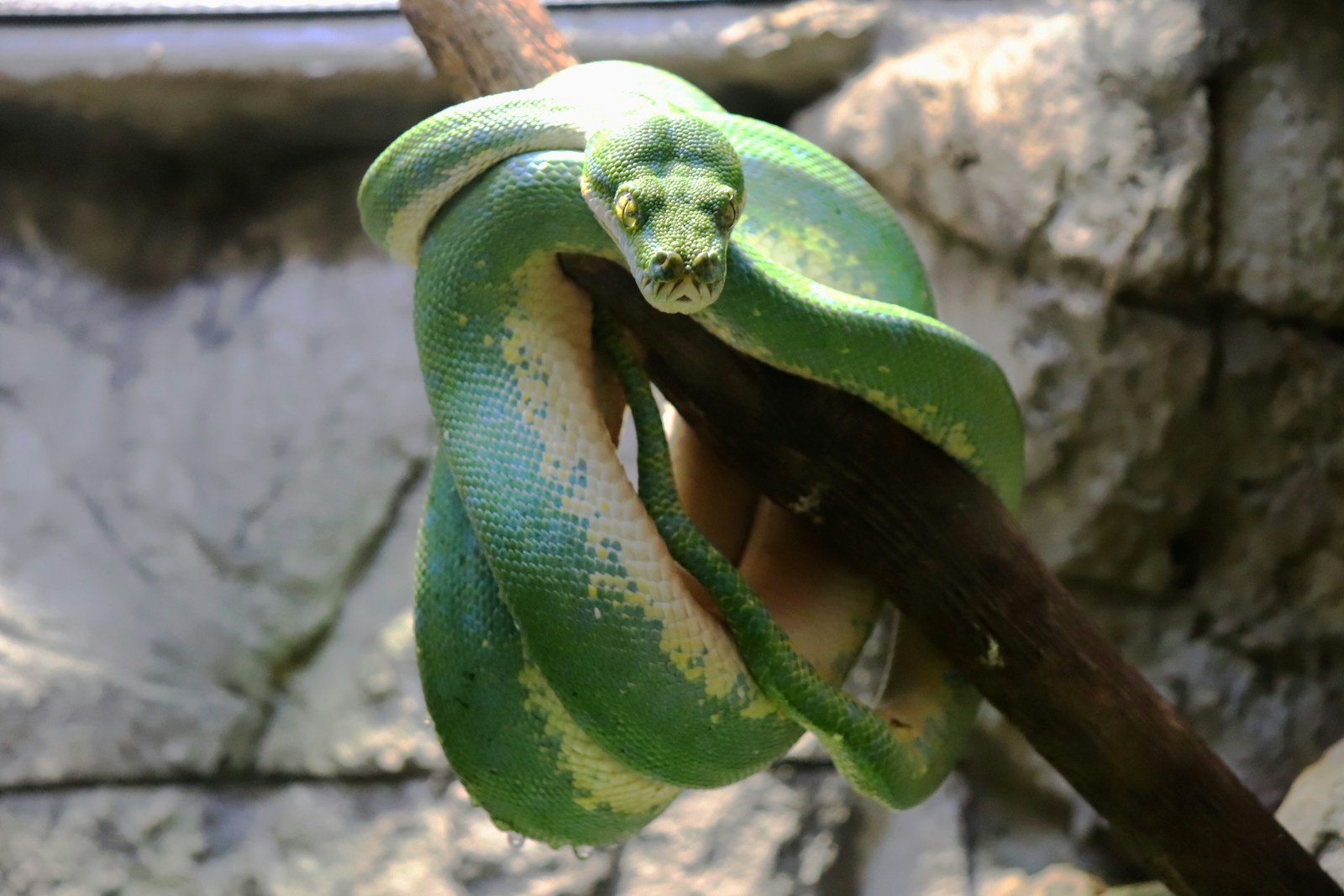In the lush forests of Southeast Asia, where shadows dance and winds whisper through the canopy, one of nature’s most remarkable masters of disguise silently hunts. The twig snake, scientifically known as Ahaetulla prasina, demonstrates camouflage so perfect it borders on the supernatural. Unlike typical predators that rely on speed or strength, this slender reptile has evolved a different strategy altogether—becoming virtually invisible by mimicking the very branches it inhabits. As forests sway in gentle breezes, this remarkable serpent adds a subtle swaying motion to its rigid posture, completing an illusion so convincing that prey, predators, and even experienced naturalists regularly overlook its presence. This extraordinary evolutionary adaptation represents one of the most sophisticated examples of mimicry in the animal kingdom, allowing the snake to survive in environments teeming with both predators and prey.
The Perfect Disguise: Anatomy Built for Deception
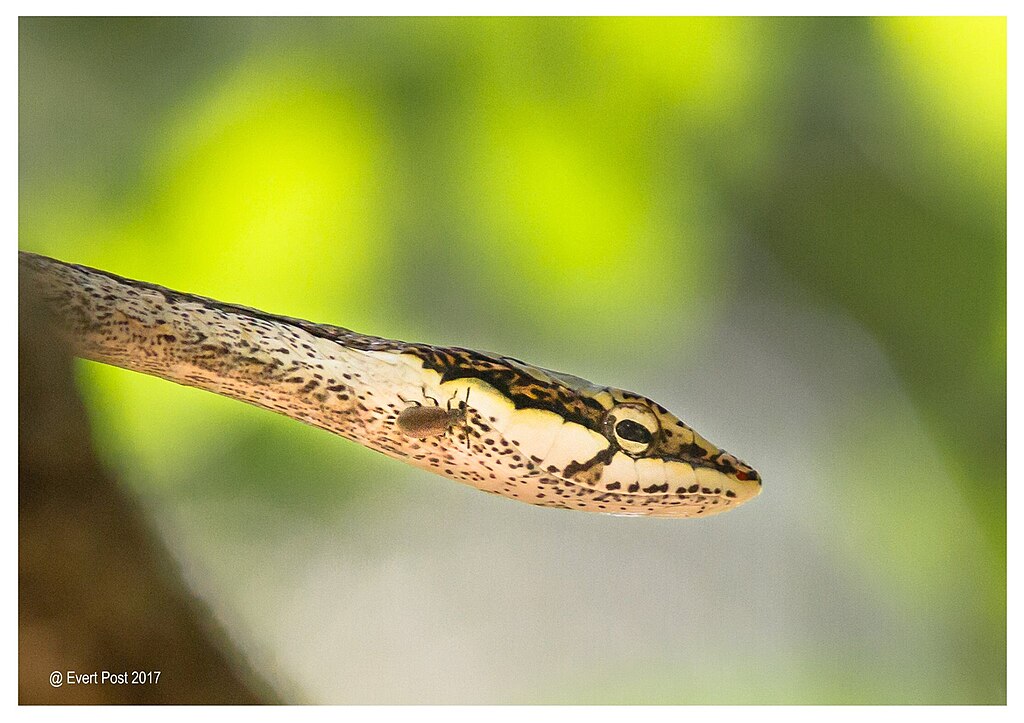
The twig snake’s body seems purpose-built for its deceptive lifestyle, with every aspect of its anatomy contributing to the illusion. Its extraordinarily slender body rarely exceeds the diameter of a pencil, stretching up to 6 feet in length in some species while maintaining this remarkable thinness throughout. The snake’s head is elongated into a distinctive pointed snout that perfectly mimics the tip of a young branch or twig, complete with a slight upward curve that enhances the resemblance. Perhaps most striking is the coloration, which includes various shades of brown, gray, and green, often with subtle patterning that mimics the texture of bark, lichen, or moss that might grow on actual twigs in their habitat. Even the scales have evolved to be less reflective than those of many other snakes, preventing sunlight from creating a telltale shine that might give away the reptile’s presence.
Masters of Wind Mimicry
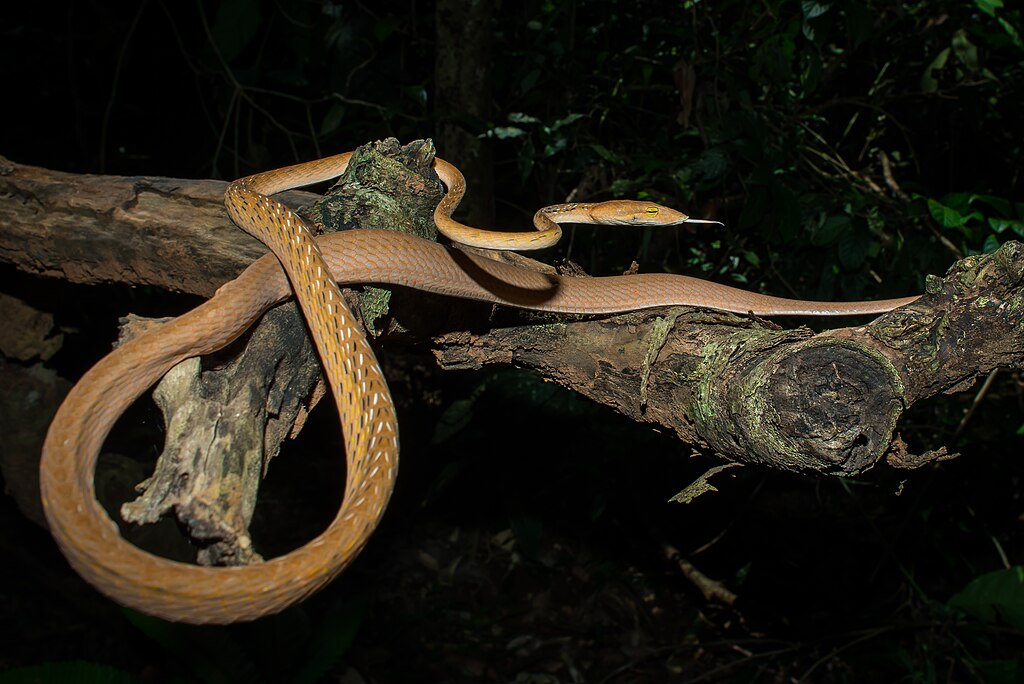
What truly sets the twig snake apart from other camouflage specialists is its remarkable behavioral adaptation of mimicking wind-blown vegetation. When hunting or hiding, these snakes adopt a characteristic posture, extending their bodies rigidly from branches while remaining perfectly still for hours at a time. What happens next demonstrates extraordinary evolutionary refinement: as breezes move through the forest, causing surrounding vegetation to sway gently, the snake matches this movement precisely. This isn’t merely a passive response to being pushed by the wind—research has confirmed these snakes actively adjust their muscles to replicate the exact swaying motion of surrounding twigs and branches. This behavior is so precisely calibrated that the snake can maintain the illusion even in complex wind patterns, with its body movements perfectly synchronized with the surrounding vegetation in both timing and amplitude.
The Ecological Niche of Southeast Asian Twig Snakes

Twig snakes have carved out a specialized ecological niche within the diverse ecosystems of Southeast Asia, particularly thriving in countries like Thailand, Malaysia, Indonesia, and the Philippines. These arboreal specialists rarely descend to the forest floor, instead spending virtually their entire lives amid the tangled branches of tropical and subtropical forests. Their preference for habitat edges—where forest meets clearing—likely relates to the increased abundance of prey in these transitional zones. Different species within the Ahaetulla genus have adapted to slightly different forest types, from lowland rainforests to montane cloud forests at elevations up to 2,000 meters. Their distribution closely follows the pattern of monsoon forests, where seasonal wind patterns create the dynamic, moving canopy environment in which their camouflage strategy proves most effective.
Hunting Strategies of the Invisible Predator
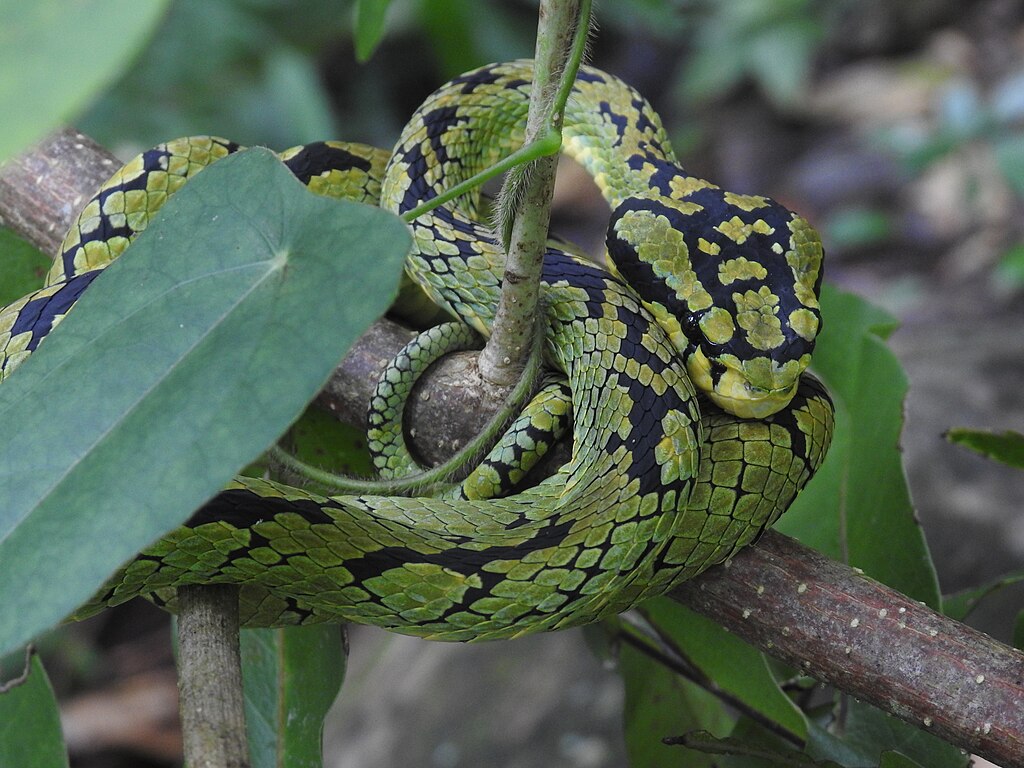
The hunting strategy of the twig snake represents a masterclass in patience and precision. Unlike active hunters that pursue prey, these snakes employ an ambush technique taken to extraordinary extremes. Positioned motionless along a branch, often near flowering or fruiting plants that attract potential prey, they may remain stationary for days awaiting the perfect opportunity. When unsuspecting prey—typically small birds, lizards, or frogs—ventures within striking distance, the snake launches forward with surprising speed, using its slightly rear-facing fangs to secure the meal. Most fascinating is the snake’s visual hunting strategy; it possesses binocular vision with horizontally elongated pupils that provide exceptional depth perception. This unusual adaptation among snakes gives twig snakes the visual acuity to judge distances precisely when striking, compensating for their extremely lightweight bodies that might otherwise make lunging attacks difficult to execute accurately.
The Venom System: Specialized for Avian Prey
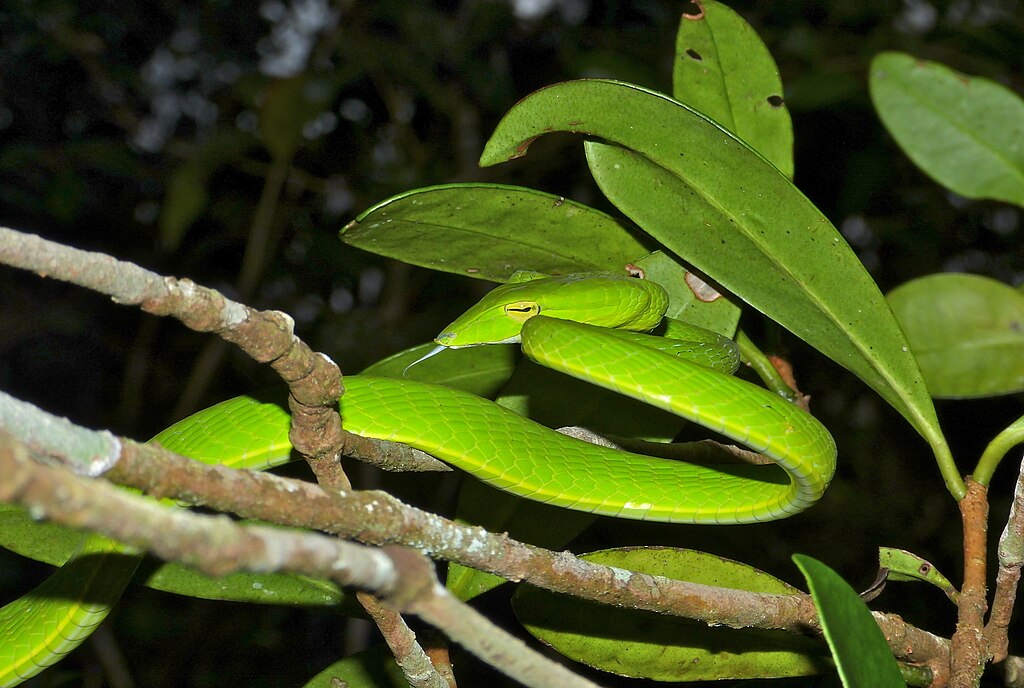
While not dangerous to humans, the twig snake possesses a sophisticated venom delivery system specifically evolved to target its preferred prey. Unlike many venomous snakes with front-positioned fangs, twig snakes have enlarged, grooved rear fangs (opisthoglyphous dentition) requiring them to chew slightly to envenomate prey effectively. The venom itself is remarkable for its specialized effects on birds, containing compounds that rapidly affect the cardiovascular system and lead to quick immobilization of avian prey. This specialization represents an evolutionary adaptation specifically targeting the snake’s preferred food source, as birds represent a significant portion of their diet in many habitats. Interestingly, the venom has less dramatic effects on mammals and reptiles, further evidence of its specialized evolution for bird predation.
Reproduction and Life Cycle Mysteries

The reproductive biology of twig snakes remains one of the less studied aspects of their natural history, with significant knowledge gaps still existing. Unlike many snake species that lay eggs, twig snakes are viviparous, giving birth to live young in small litters typically numbering between 5-12 offspring. Newborn twig snakes emerge as miniature replicas of their parents, already possessing the slender build and cryptic coloration that define the species. Young snakes begin practicing the characteristic swaying behavior almost immediately after birth, suggesting this complex mimicry behavior has both learned and innate components. Research indicates that breeding typically corresponds with the beginning of monsoon seasons in many regions, possibly timing reproduction to coincide with increased prey availability for the vulnerable juvenile snakes.
Visual System Adaptations for Advanced Mimicry
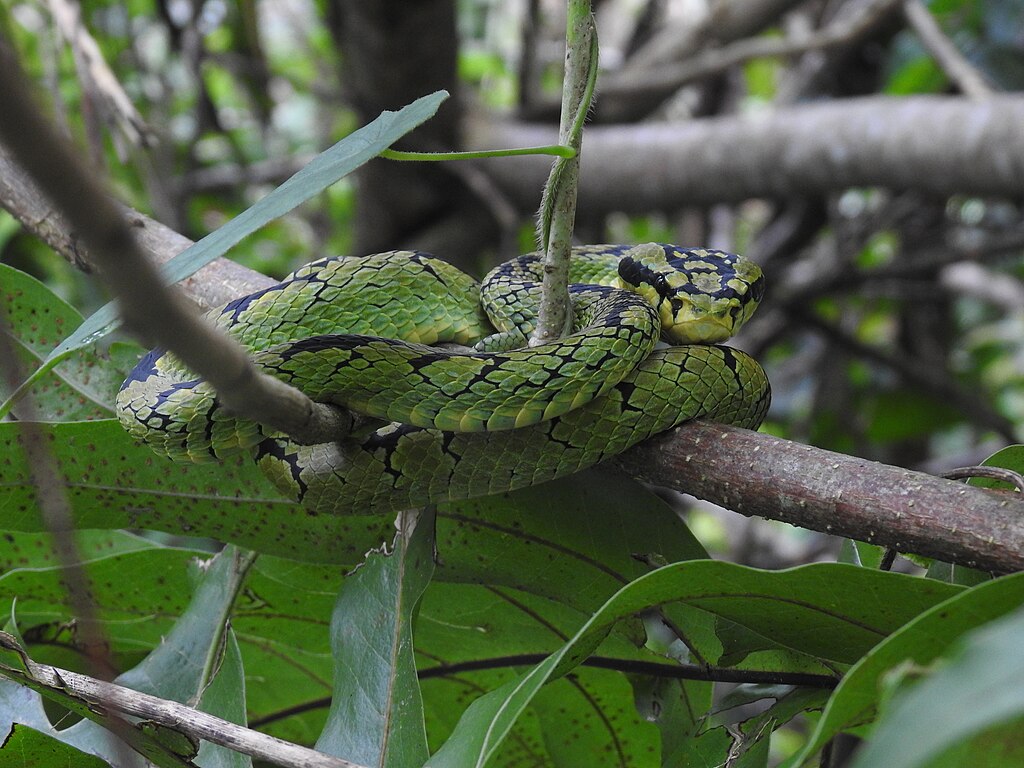
The visual capabilities of twig snakes represent some of the most specialized adaptations found in any snake species worldwide. Their eyes are proportionally large and positioned to provide binocular vision, allowing for exceptional depth perception critical for both hunting and precise positioning during camouflage behaviors. The distinctive horizontal keyhole-shaped pupils differ dramatically from the vertical slits seen in many other arboreal snakes, providing enhanced horizontal visual acuity across their field of view. Recent research using ophthalmological imaging techniques has revealed specialized photoreceptor arrangements in the retina that may enhance the snake’s ability to detect subtle movements in its environment. This visual specialization likely serves the dual purpose of spotting potential prey from a distance while also allowing the snake to monitor surrounding vegetation movements that it must mimic for effective camouflage.
Conservation Challenges in a Changing Landscape
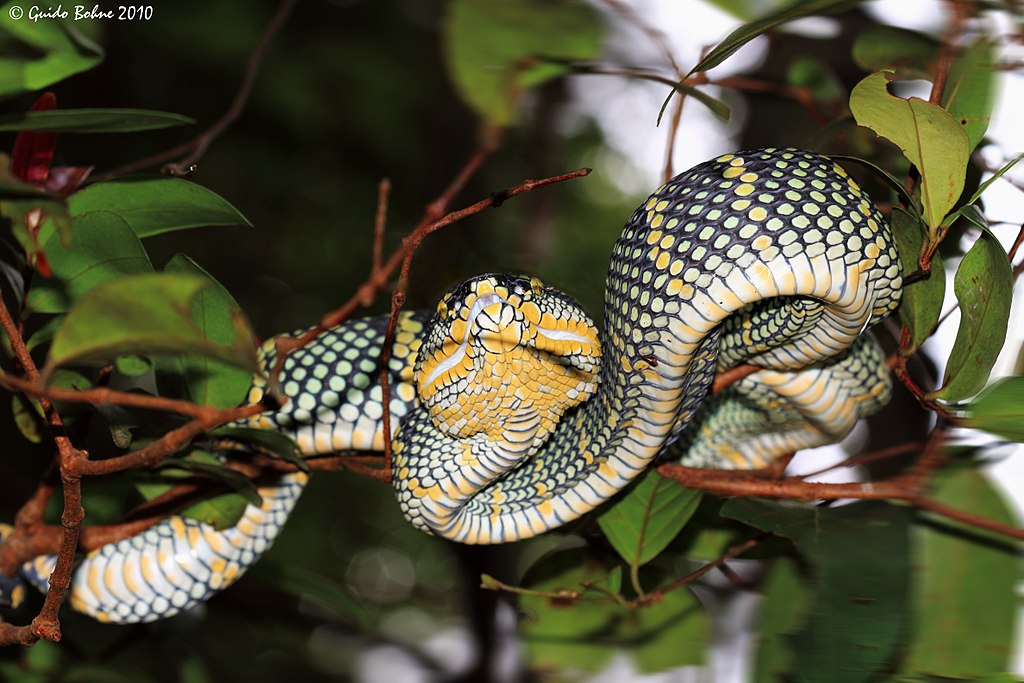
Despite their remarkable adaptations, twig snakes face mounting conservation challenges across their range. Deforestation represents the most serious threat, with Southeast Asia experiencing some of the highest rates of forest loss globally due to agricultural expansion, timber harvesting, and infrastructure development. The specialized nature of these snakes makes them particularly vulnerable to habitat fragmentation, as they rarely cross open ground between forest patches. Climate change poses additional concerns, potentially altering wind patterns and vegetation dynamics that are essential to the effectiveness of their camouflage strategy. Conservation efforts are complicated by limited population data, as their cryptic nature makes traditional survey methods ineffective for accurately assessing population trends across their range.
Diversity Within the Twig Snake Family
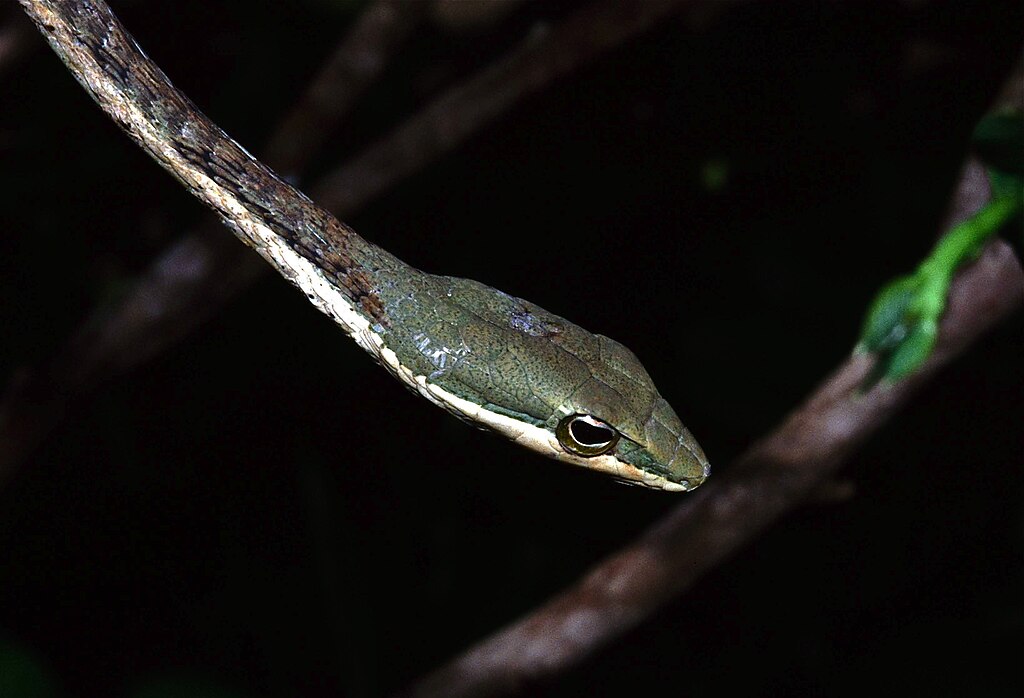
The term “twig snake” encompasses several species within the Ahaetulla genus, each with unique adaptations to specific forest ecosystems. Ahaetulla prasina, the common Asian vine snake, represents the most widespread species with a remarkable distribution across multiple countries and habitat types. Ahaetulla nasuta, the long-nosed vine snake, features an even more exaggerated snout adaptation that enhances its twig-like appearance in certain habitats. Recent taxonomic research using genetic analysis has revealed several cryptic species previously unrecognized by science, including isolated populations that may represent entirely new species with specific adaptations to local forest conditions. This diversity within the group demonstrates how the basic twig-mimicry strategy has been refined and specialized across different forest ecosystems throughout Southeast Asia.
Cultural Significance and Indigenous Knowledge
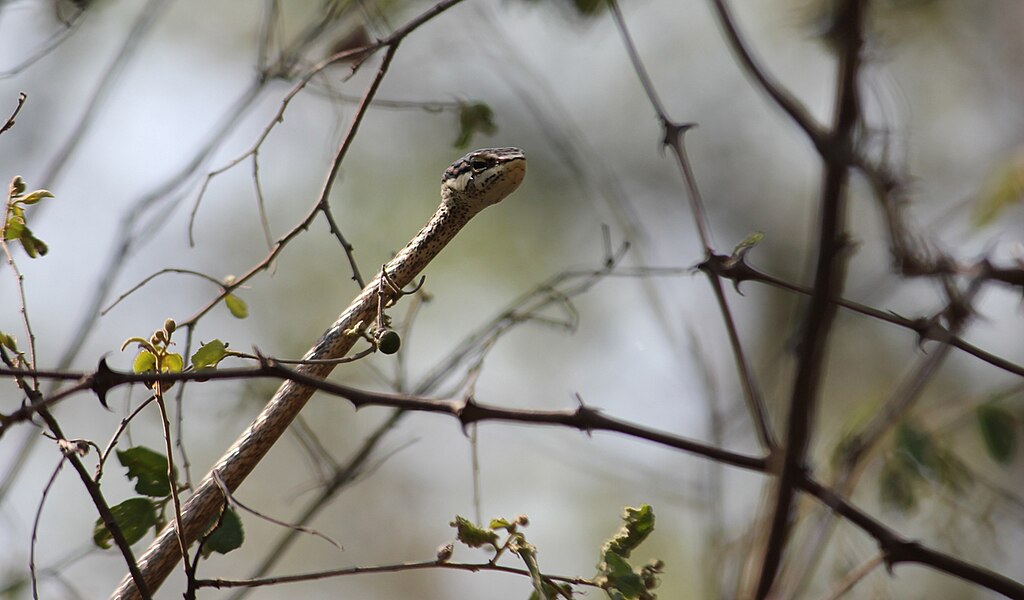
Across their range, twig snakes have woven themselves into the cultural fabric of indigenous communities who share their forest homes. In parts of Thailand and Malaysia, traditional ecological knowledge includes detailed understanding of these snakes’ behaviors, with some communities considering them beneficial guardians of forest health due to their role controlling bird populations that might otherwise overeat forest fruits and seeds. Several indigenous medicinal traditions incorporate parts of these snakes in treatments for various ailments, particularly those related to vision problems—a fascinating connection to the snake’s own exceptional visual capabilities. Local folklore often portrays these snakes as symbols of patience and disguise, with stories warning about deceptive appearances and the virtues of careful observation before making judgments.
Research Challenges and Scientific Discoveries
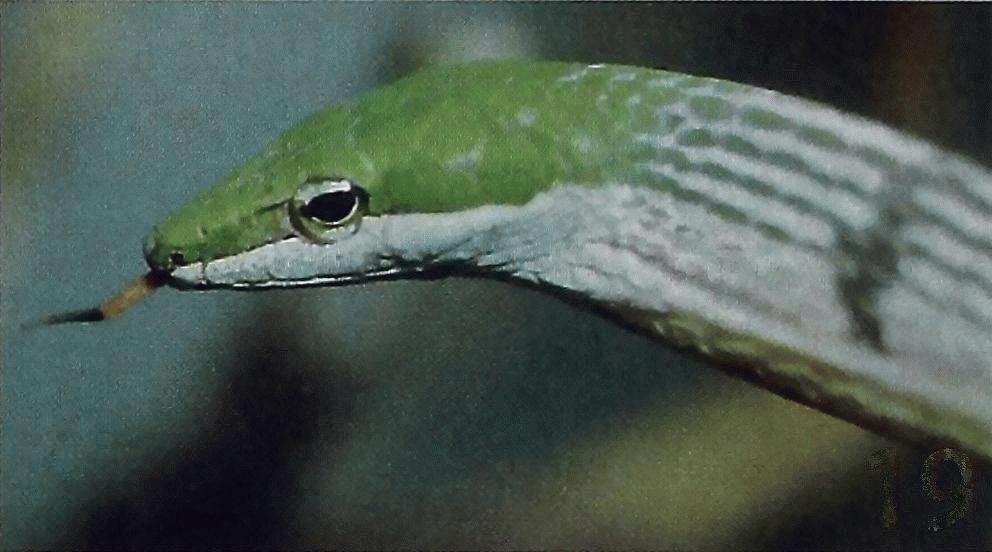
Studying twig snakes presents unique challenges that have limited scientific understanding compared to many other snake species. Their exceptional camouflage makes field observation extraordinarily difficult, with researchers sometimes spending weeks searching appropriate habitat before locating specimens. Traditional tracking methods like radio telemetry present complications due to the snakes’ extremely slender bodies, which cannot support standard transmitter equipment without affecting natural movement patterns. Despite these obstacles, recent research using innovative techniques has yielded fascinating discoveries, including high-speed videography revealing the precise muscle coordinations involved in their wind-mimicking movements. DNA-based studies of stomach contents have provided new insights into previously unknown dietary preferences, indicating these snakes may consume a wider variety of prey than previously documented through direct observation alone.
Similar Adaptations in Other Species
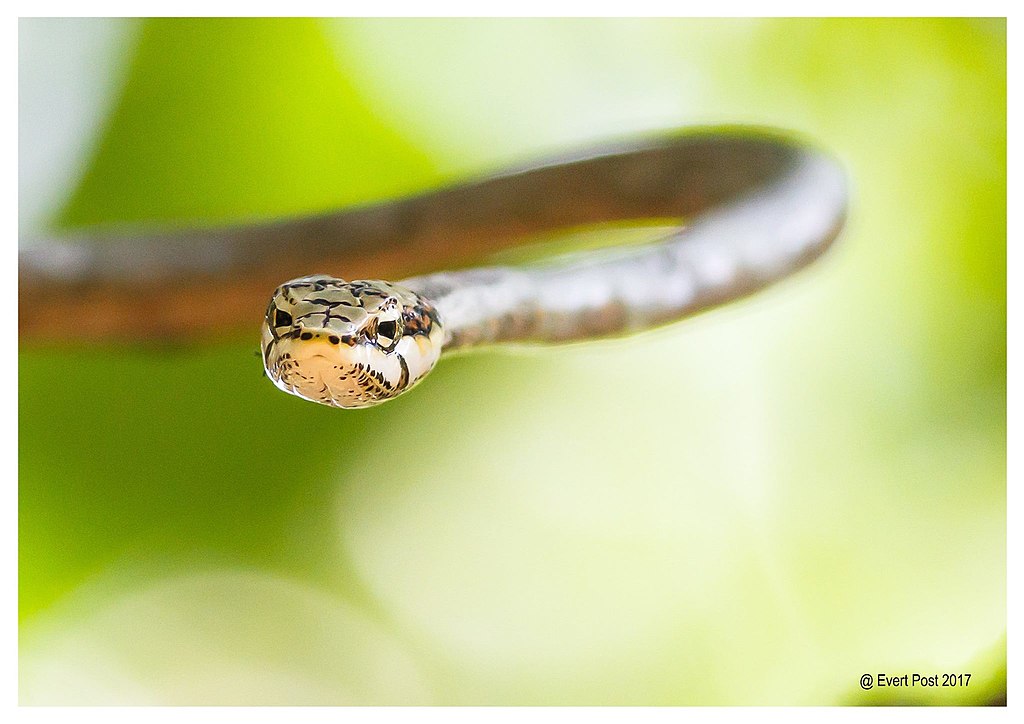
The remarkable twig mimicry of Ahaetulla species represents one of nature’s most compelling examples of convergent evolution, with similar adaptations appearing independently in several unrelated organisms. The vine snake (Oxybelis) of Central and South America displays remarkably similar morphology and behavior despite being only distantly related to Asian twig snakes, having evolved its twig-like appearance independently. Certain mantis species, particularly those in the genus Phyllocrania, demonstrate comparable twig-mimicking behaviors, including similar swaying movements when breezes disturb surrounding vegetation. Perhaps most remarkable is the stick insect family (Phasmatidae), which has evolved not only physical resemblance to twigs but also behavioral patterns that include wind-synchronization movements similar to those of twig snakes, demonstrating how this effective camouflage strategy has emerged multiple times across the animal kingdom.
Future Prospects and Research Frontiers
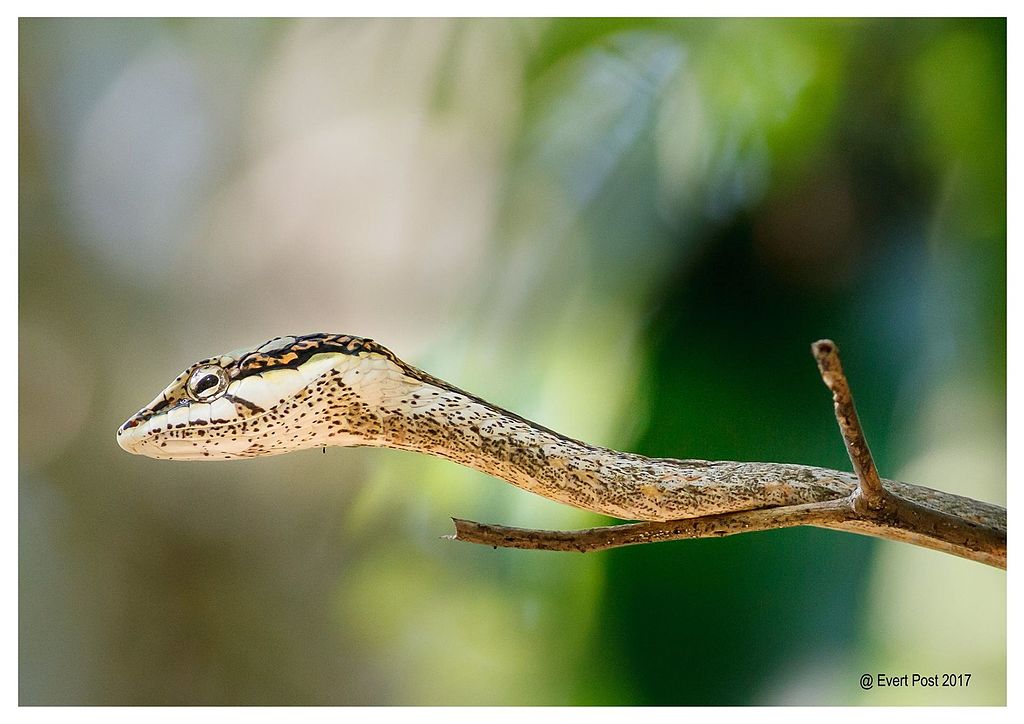
The future of twig snake research promises exciting discoveries as new technologies overcome the challenges that have limited scientific understanding of these remarkable reptiles. Miniaturized tracking devices currently being developed may soon allow researchers to follow individual snakes for extended periods without disrupting their natural behaviors. Advanced genetic techniques are enabling more comprehensive population studies, potentially revealing evolutionary relationships and adaptations not visible through traditional research methods. Perhaps most exciting are emerging neuroscience applications that may help explain how these snakes’ brains process visual information and coordinate the complex muscle movements required for their sophisticated mimicry. Conservation biologists are increasingly recognizing twig snakes as potential indicator species for forest health, as their specialized nature makes them particularly sensitive to ecosystem changes that might affect broader biodiversity.
As wind continues to rustle through Southeast Asian forests, the twig snake remains one of nature’s most perfect examples of evolutionary specialization. This remarkable reptile, with its body stretched motionless along a branch, swaying in perfect synchrony with the surrounding vegetation, exemplifies the extraordinary adaptations possible through natural selection. While challenges to its forest home continue to mount, increased scientific understanding and appreciation for these masters of disguise may help ensure their survival. The twig snake serves as a humbling reminder that sometimes the most extraordinary adaptations in nature are those designed not to stand out, but to disappear completely—a living embodiment of the ancient wisdom that true mastery often lies in becoming one with one’s surroundings.

